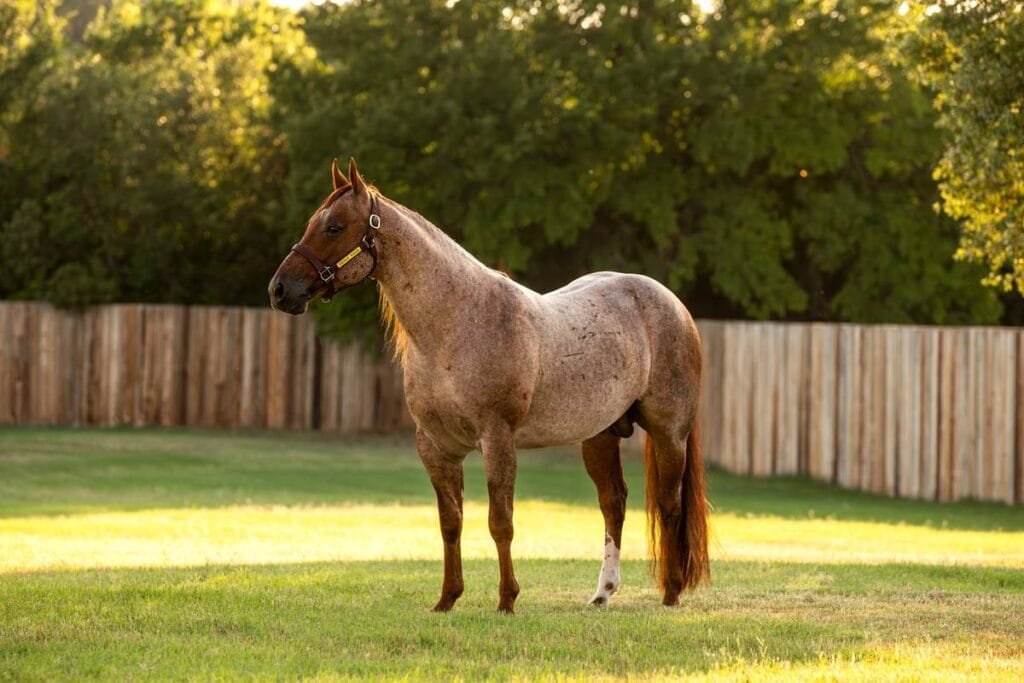Discovering the Lundy Pony: A Unique Breed of the British Isles
Known for their striking appearance and gentle nature, these ponies are an integral part of the island’s heritage. In this blog post, we will explore the history, characteristics, care, and activities associated with the Lundy Pony, showcasing why they are truly special.
Origins and History
The Lundy Pony has a rich history that dates back centuries. These ponies are believed to be descendants of the small, hardy ponies that roamed the island during the 19th century. Lundy Island’s isolation created a unique environment that shaped the breed, allowing them to adapt to the rugged terrain and harsh weather conditions.
Initially, Lundy Ponies were used for various tasks on the island, including transportation and light agricultural work. Over time, they became beloved companions and playmates for local children, leading to their status as a cherished breed. Today, efforts are underway to preserve and promote the Lundy Pony, ensuring that this enchanting breed remains part of the island’s culture.


Feature details
| Feature | Details |
|---|---|
| Origin | Lundy Island, off the coast of Devon, England |
| Height | 12.2 to 14.2 hands (50 to 58 inches) |
| Coat Colors | Bay, chestnut, black, gray, among others |
| Build | Compact and muscular with strong legs |
| Temperament | Gentle, intelligent, and adaptable |
| Uses | Riding, driving, companionship |
| Diet | High-quality hay, pasture, and grains as needed |
| Exercise Needs | Regular daily exercise (riding, lunging, walking) |
| Grooming Requirements | Regular grooming for coat and mane/tail health |
| Veterinary Care | Routine check-ups for vaccinations and dental care |
| Preservation Efforts | Ongoing initiatives to promote and protect the breed |
Physical Characteristics
The Lundy Pony is known for its distinctive appearance. Here are some key features:
- Height: Typically standing between 12.2 and 14.2 hands high (approximately 50 to 58 inches), making them suitable for riders of all ages.
- Coat Colors: They exhibit a variety of colors, including bay, chestnut, black, and gray. Their thick, luxurious manes and tails add to their charm.
- Build: Lundy Ponies have a compact, muscular build with strong legs, enabling them to navigate the rocky terrain of their island home.
These physical traits not only make them visually appealing but also contribute to their versatility as riding and working ponies.
Temperament and Personality
One of the standout features of the Lundy Pony is its temperament. They are known for being:
- Gentle: Lundy Ponies are friendly and calm, making them excellent companions for children and novice riders.
- Intelligent: These ponies are quick learners and respond well to positive training methods.
- Adaptable: They thrive in various environments, whether on the rugged island or in more traditional settings.
Their gentle nature allows them to form strong bonds with their handlers, making them a favorite among families and equestrian enthusiasts.
Care and Maintenance
Caring for a Lundy Pony is relatively straightforward, but there are key aspects to consider:
- Diet: A balanced diet is crucial for their health. High-quality hay and pasture should form the basis of their diet, with grains provided as needed for those in heavy work.
- Exercise: Regular exercise is essential to keep them healthy and happy. Daily riding, lunging, or even leisurely walks are great options.
- Grooming: Regular grooming helps maintain their coat and skin health. Pay special attention to their mane and tail, as they can become tangled.
- Veterinary Care: Regular veterinary check-ups for vaccinations and dental care are important for their overall well-being.
Activities and Uses
Lundy Ponies are incredibly versatile and can participate in various activities, including:
- Riding: They make excellent mounts for children and beginners due to their gentle temperament and size.
- Driving: Their strength and intelligence allow them to be trained for driving, whether for pleasure or work.
- Companionship: Lundy Ponies are also cherished for their friendly nature, making them great companions for other animals.
Their adaptability means they can excel in different equestrian disciplines, from trail riding to showing.
Preservation Efforts
As the Lundy Pony faces challenges such as habitat loss and changing agricultural practices, preservation efforts are vital. Organizations dedicated to the breed work tirelessly to promote awareness and ensure that these ponies continue to thrive. Educational programs and breeding initiatives aim to safeguard the future of the Lundy Pony, allowing future generations to enjoy their unique charm.




